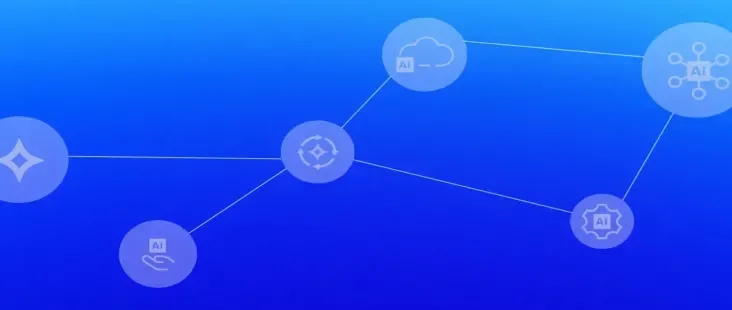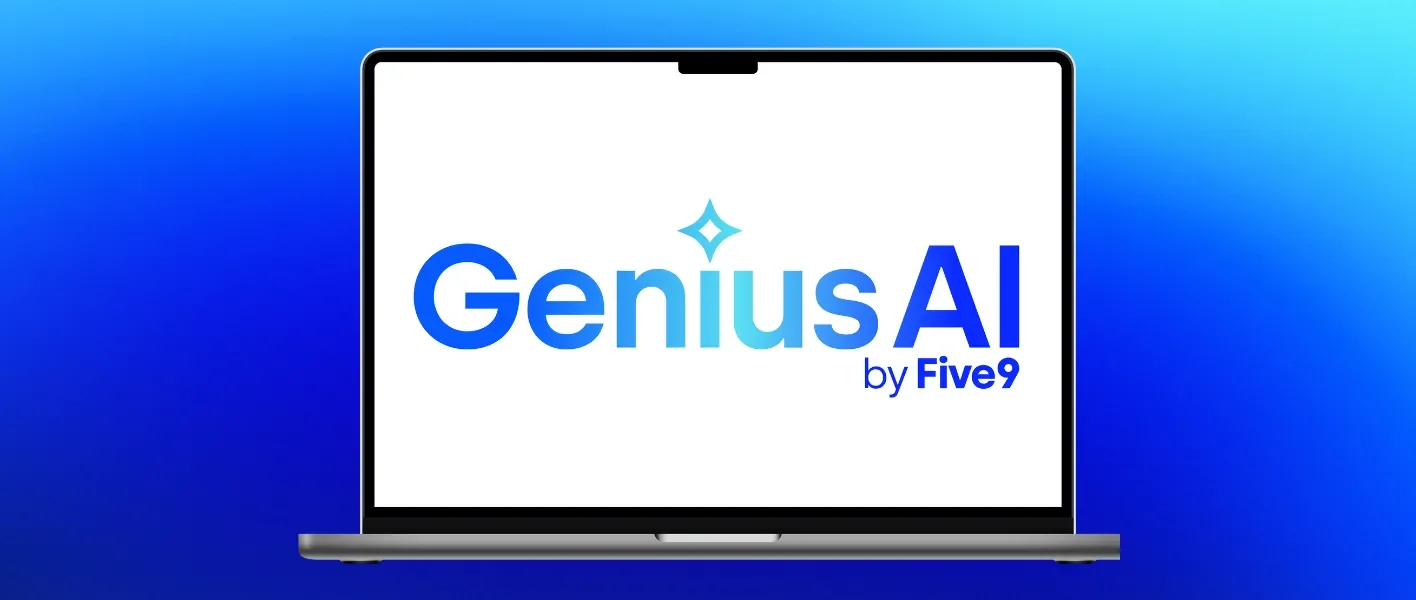
Why I Chose Five9
In September I announced that I was leaving Cisco. I’ve spent the bulk of the two and a half months since then trying to figure out my next role – what I wanted to do, and where I wanted to do it.
I’m pleased to announce that I’ve decided to join Five9 as CTO and Head of AI. In that role, I will oversee the overall technology and product direction for Five9, and also have direct responsibility for running product management and software development for its AI capabilities.
I had many options for where I could go, and the decision to go to Five9 was a carefully measured one. Let me explain why I went there.
Firstly – I wanted to stay in the enterprise collaboration industry. This is my industry – my expertise is here, and more importantly, my passion is here. Now is also an extremely exciting time in the industry. We’re in the beginning stages of the next major thrust – its transition to cloud-based delivery models. I also decided – early on in my search – that I wanted to only work for companies that are 100% cloud based, with no legacy portfolio to contend with. I firmly believe that SaaS is eating the world of enterprise telecommunications. SaaS is so different from traditional software development, that I believe the winners will be those companies which can fully embrace it without any constraints whatsoever.
I have also become completely convinced that AI is a critical part of the story for cloud collaboration. While there are many roles for AI, the one that I believe is most significant is the application of speech recognition and natural language understanding to voice content in calls and meetings. If you consider it for a moment, all the work that has been done in voice and video communications until now has really been about moving the bits from point A, to point B. It has been just about establishing the connection – making it possible to reliably and easily deliver the audio from one phone to another; or to deliver the video content of a meeting from one participant to the rest. These systems didn’t really analyze the bits, they just moved them. So – if in the prior generation, the leaders were those companies who were best able to make the voice or video connection, in this next generation of technology, the leaders will be those companies who are best able to analyze the content of the voice or video connection.
Let me give some examples to make this concrete. Imagine being in a sales call, and when you – as the salesperson – give a price quote to a customer and get their response, that offer and response can be captured and automatically placed into the CRM system. Imagine being a participant in a meeting, and when someone mentions a project codename, the meeting tool automatically shows a description of the product and a link for more information. Imagine being in an executive briefing, and when one of the executives mentions a name of someone you don’t quite remember, biographical information on them comes up so you know who they are talking about. The applications are endless, and span real-time, post-processing and analytics. As an example of the latter, imagine being able to capture decisions in meetings and deliver metrics which show which meetings are the most effective, and why. Or, imagine being able to process every call to customer support and automatically analyze the disposition and customer sentiment, giving you a weekly summary of why customers are calling and how they feel about your company.
This is the future of our industry, and the winners in the next decade will be decided by those companies that can best envision and deliver disruptive capabilities which redefine the value propositions of these products.
I want to be at the forefront of this transition. I want a role where I can lead not just one company down this path, but where I can lead the industry. About a month into my job search, it became clear to me that contact center was the place where this would start. Indeed – it has already started, though it is in its infancy. Contact center is the ideal starting point for AI, because AI has clear and immediate business value for contact center use cases, and the nature of the conversations are much more structured, enabling easier application of ASR and NLP technologies. As these capabilities mature and prove their value in the contact center, they’ll make their way throughout the rest of the collaboration market.
This really helped me focus on where I wanted to go. I needed to find a company that was big enough, and growing enough, to invest in this area. It had to have enough of an established base to really prove out these capabilities in the market. It needed to have the kind of visionary leadership that would understand the importance of this. When I put that together, it made my choice clear. I needed to go to the most advanced, most successful cloud contact center company in the business – Five9.
Of course, Rowan Trollope, the CEO of Five9 – had been my prior boss and my great partner at Cisco. I knew he would understand the importance of AI to contact center, and his offer to me was a perfect match for what I wanted to do – to set the product and technology direction of the company as a whole, while also directly owning responsibility for delivering their AI capabilities into the marketplace. This was the perfect role for me, at the perfect company to accomplish it. I also found at Five9 an amazing culture of teamwork that was very compelling, and a great leadership team that I would be joining.
I’m excited to begin the next phase of my journey, and to once again be at the forefront of product and technology innovation with Five9.



